Living with Charcot-Marie-Tooth (CMT) disease can be a challenging journey. Symptoms can change over time and CMT patients must learn their strengths and limitations, and develop the support network they need throughout their personal journeys.
Exercise & Nutrition:
Physical activity, nutrition, and mobility exercises play an important role in effectively managing your CMT. It is recommended that you incorporate some type of physical activity into your daily routine, but always to talk with your health care providers to create the right exercise plan that meets your particular needs.
Aerobic conditioning by walking, biking (on road or spinning), repetitive movement to music, or swimming can strengthen your heart and lungs. Using light weights at home or at a gym, with professional guidance from a trainer who understands CMT or a physical therapist, may help maintain muscle tone. Yoga is also good for strengthening muscles and can be adapted to suit your needs. Daily stretching counters the shortening and tightening of muscles. Simple stretches can be performed just about anywhere, even from a chair or bed.
A healthy, balanced diet will help keep the body in good condition and ready to deal with the challenges that everyday life with CMT may present. Eat a variety of foods to get the energy, protein, vitamins, minerals and fiber you need for good health:
- Choose a diet with plenty of grain products, vegetables, and fruits.
- Choose a diet low in fat, saturated fat, and cholesterol.
- Reduce your sugar intake.
- Reduce your salt and sodium intake.
- Drink alcoholic beverages in moderation.
Assistive Aids:
There are a number of adaptive aids that can help make everyday tasks easier. Some of these items can be adapted from materials at home, others must be purchased. An occupational therapist may be helpful in identifying useful assistive aids. When everyday tasks around the house can become challenging, these aids may help:
- Reacher/grabber – a long-handled pole with a claw or magnet at the end that helps grab items that are out of reach.
- Lever door/faucet handles – can replace round doorknobs and faucet handles.
- Electric or battery appliances – such as can openers, salt and pepper grinders.
- Adaptive dishes – two-handled mugs and utensils with foam grips make eating and drinking easier.
- Power tools – choose power tools when available and large screw drivers for added torque.
Personal Care:
Personal care tasks such as dressing, brushing hair, and brushing teeth can be frustrating if CMT is affecting your hands. Try these aids to make your morning easier:
- Zipper and button puller – looks like a hook with a handle :: long-handled shoe horns (about 18 inches) – helps with putting on shoes.
- Sock and stocking aid – helps you to put on socks and stockings.
- Adaptive handles – make handles of toothbrushes and brushes bigger by using foam or tape or use Velcro strips to attach the handle to your hand when you are using it.
Getting About:
Your doctor or physical therapist may suggest that you use orthotics or a mobility aid:
- Bracing/orthotics—There are a variety of opinions about the use of orthotics for people with CMT. What we have found is that it is a very individualized area. Often the only way to know if bracing will help is to try them out yourself.
- Canes –Consider the material, the handle shape, what they are made from, whether they fold or include a seat, etc.
- Walking poles – Designed for hikers and walkers, they have rubber stoppers and pack away easily.
- Walkers – Cut holes in tennis balls and slide them over the walker’s feet to make gliding over floors easier.
- Wheelchairs and mobility scooters – Consider how much you will use it, whether you will be using it independently, whether it folds, and comfort. Often these are needed for specific situations that involve a lot of walking/standing, such as travel.
Employment:
Quite often, discrimination and stigma stem from people’s lack of understanding of your medical condition. Generally, the more people understand about CMT, the easier it may be for you to get support if needed at your job. Keep in mind that what you tell people at work or at school is completely up to you. You have job protection under the Americans with Disabilities Act (ADA). That means your employer may have to make reasonable accommodations so you can continue working.
Your Mental Health:
Living with any chronic illness can be difficult. It is very normal to feel angry, depressed or discouraged at times, or to have “those CMT days.” Monitor your emotions so that you can access support if needed. Some suggestions include:
- Establish a support team – Personal and family connections, spiritual resources, professional counselors.
- Try to engage in some daily physical activity.
- Engage in activities for the mind, like classes, artwork, travel, or community work.
- Reduce stress by getting enough rest and practicing relaxation techniques. Connect with others in support groups, like our HNF Inspire group, to talk about your feelings and ask questions.
- Be an advocate for yourself and ask questions.
The Hereditary Neuropathy Foundation is committed to providing the resources of information and ideas to help manage living with CMT. Please share your own strategies for living with CMT, we’d love to hear from you!

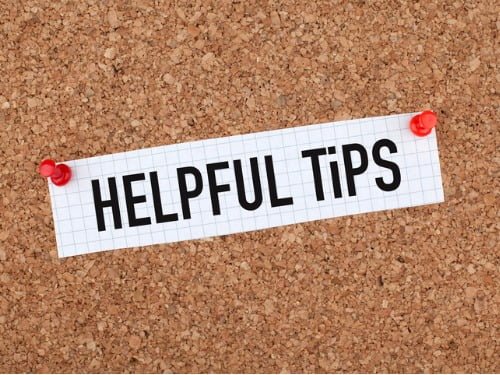




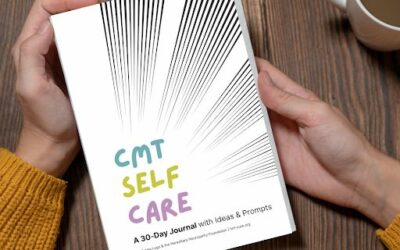
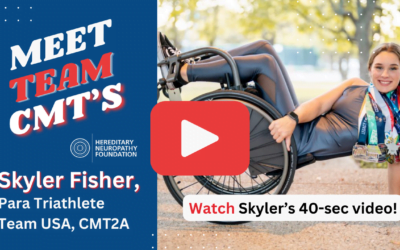
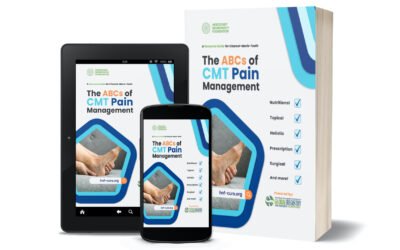
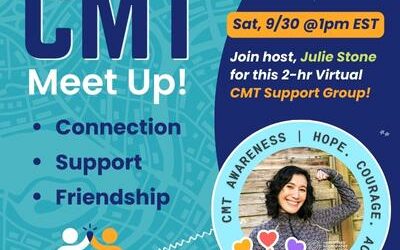




I’m an Occupational Therapist who works regularly with patients with CMT. The top 5 helpful items I recommend to CMT patients are: a thumb stabilization splint; the Pocket Dresser, a multi-use tool to help with buttons/zippers that clasps onto your belt similar to a pocketknife; spring-loaded needlenose pliars for things like inserting a credit card into a gas pump; a multi-use opener for things like opening cans; and zipper pulls on zippers.
Thank you so much for sharing your tips!
The Pocket Dresser is an interesting tool. Looking at it did bring up a challenge I face frequently. While I can get away with velcro-laced sneakers day-to-day, sometimes I need to wear shoes with regular laces (and i can’t get my feet in loafers). However I have a lot of trouble getting into positions I can see what I’m doing and reach the laces due to lack of flexibility in my ankles. Usually I find I’m having to work with the tips of my fingers right where the knot is and it can become an exercise in frustration. Any tips or tools you could share?
Thanks in advance!
HI
I’m an OT as well, and I work in the school setting. I have a 4 year old with CMT.
Do you have an ideas for a young student?
Im undergoing training in transcendental meditation, the most widely accepted form of meditation by the medical community. It is not merely a relaxation technique, though one feels relaxed in a state of restful alertness, but it enables the meditator the ability to move towards a very deep level of consciousness and calmness. Many people see results soon after starting and the results for body and mind are profound. TM is easy, but can only be taught by a certified TM instructor. I believe TM may help in my coping with CMT and will report on this soon in my website.